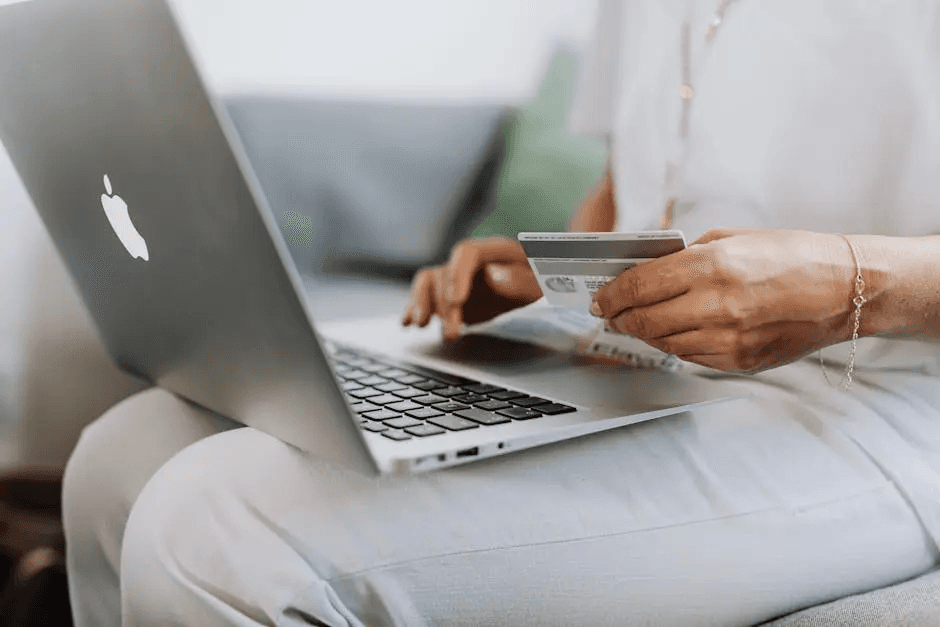8 Visual Design Trends You Need to Know in 2024
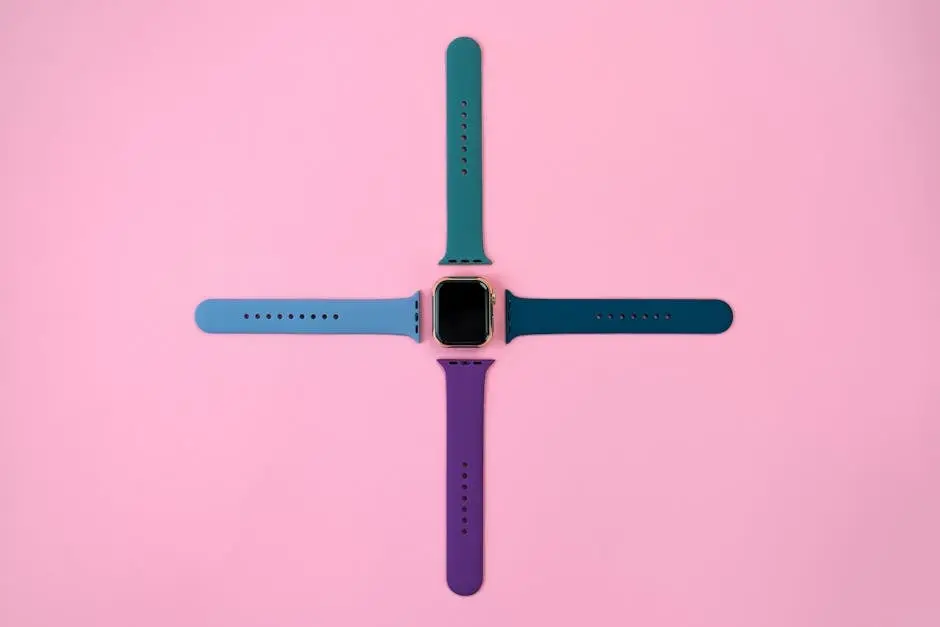
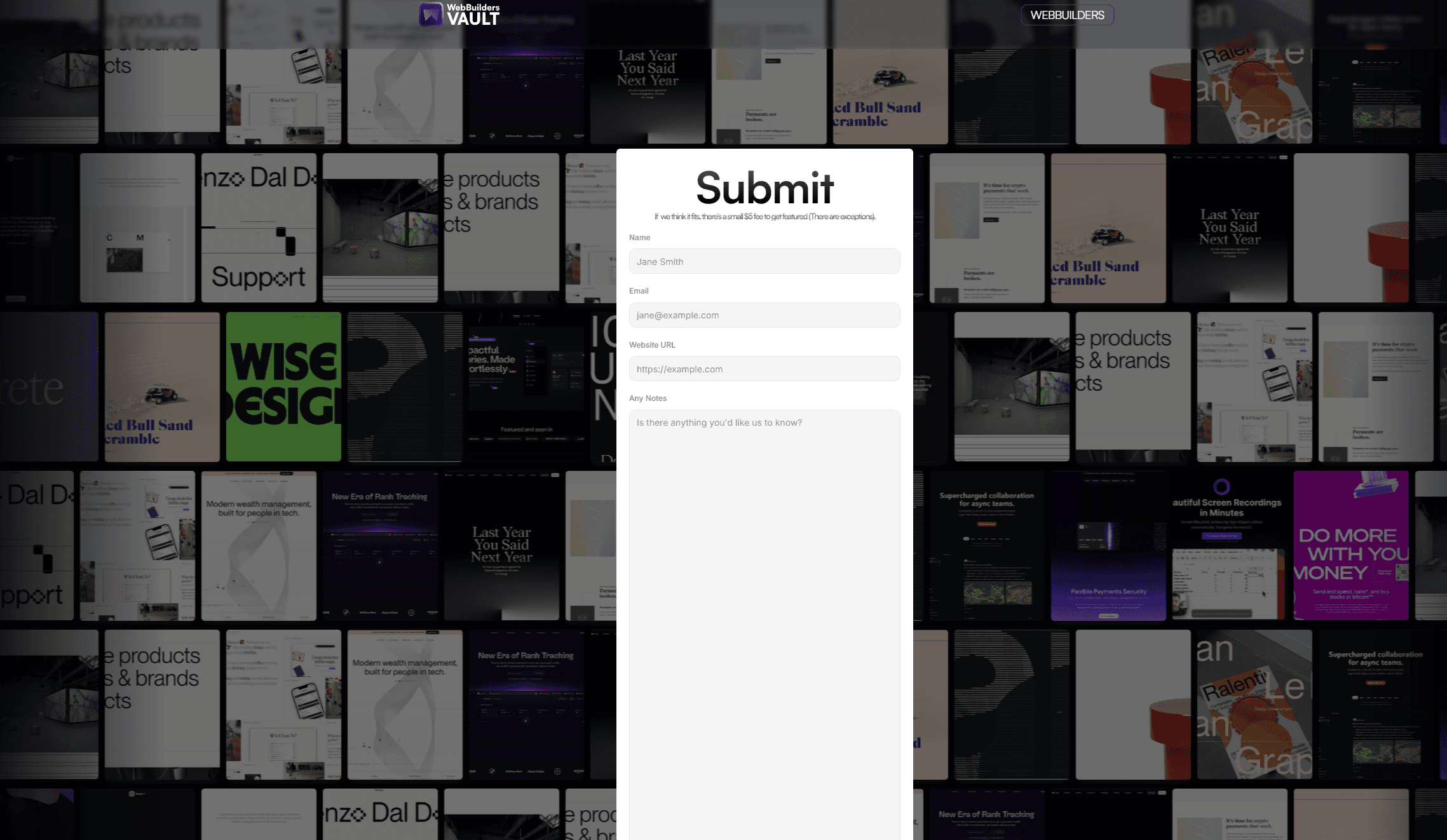
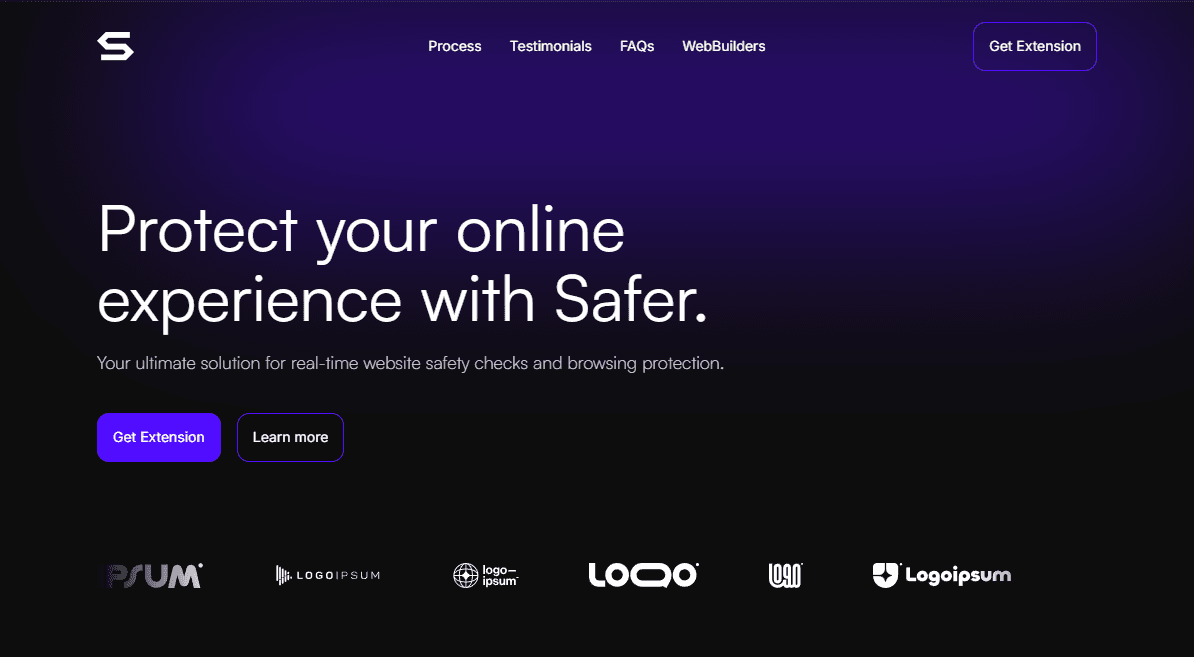
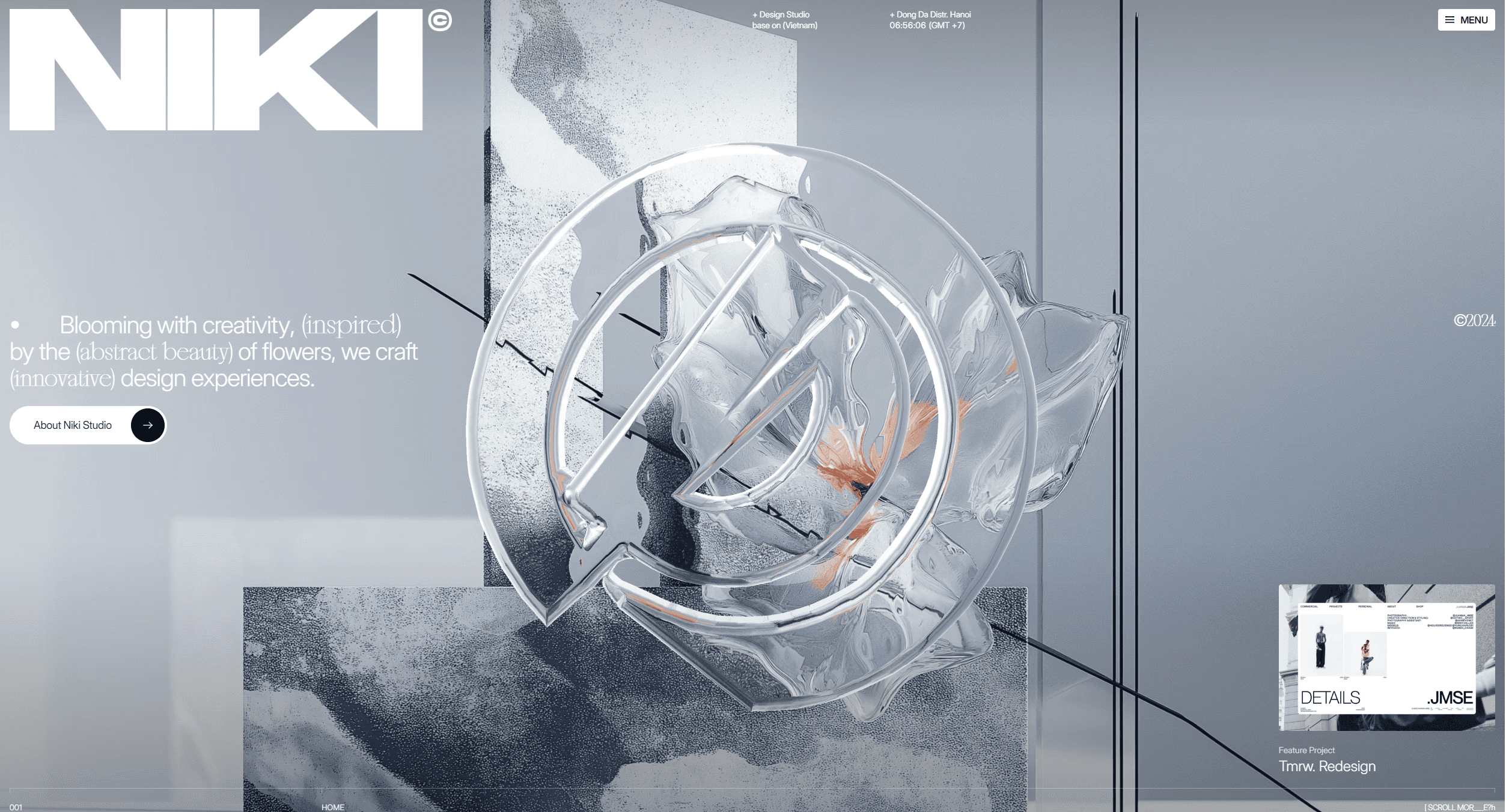
Visual Design Trends
Sep 7, 2024
As we dive into 2024, the world of visual design continues to evolve at a rapid pace. Keeping up with the latest trends can help designers create more appealing and effective work. In this listicle, we'll explore some of the most exciting visual design trends this year that can elevate your creativity and design projects.
1. Minimalism with a Modern Twist
Minimalism in design has always been about simplicity and clean lines. However, in 2024, this trend is taking on a modern twist that blends functionality with artistic expression. Designers are moving away from bare-bones aesthetics and are instead incorporating unique elements that add depth and character. Think of minimalism not just as 'less is more,' but as an opportunity to explore what can be created with intentionality and purpose.
The key to embracing this modern minimalism is to focus on the essentials while intertwining unexpected textures and forms. For instance, using organic materials or asymmetric layouts can create a striking visual impact without overwhelming the viewer. It's about carefully selecting what to include and letting those chosen pieces shine.
Moreover, using whitespace effectively to guide attention can enhance user experience significantly. Each space offers its own potential, and designers are harnessing this to not only highlight their work but also to tell a story that resonates with the audience.
2. Bold Typography Takes Center Stage
Typography is no longer just about legibility—it's becoming a vital component of visual identity in design. In 2024, bold typography is making a significant statement, often serving as the initial focal point of a design. By using oversized fonts and contrasting colors, designers can create memorable headlines that grab attention instantly.
Beyond size, the interplay of different font styles is another exciting aspect of this trend. Mixing serif with sans-serif typefaces can fill a page with character, allowing for a more dynamic storytelling approach. This approach invites engagement as viewers pause to absorb the message being conveyed.
Furthermore, typography isn't limited to static text anymore. Animated fonts and variably sized letters are being used to add movement and energy to designs, pushing the boundaries of creativity. These innovations allow visual design not just to inform, but to entertain and capture the essence of a brand.
3. Sustainable Design Practices
As environmental awareness continues to shape consumer behavior, sustainable design practices have emerged as a crucial trend in 2024. Designers are now actively incorporating sustainable materials and practices into their workflow, recognizing the immense impact their choices can have. This trend goes beyond simply using recycled materials; it involves rethinking design processes from the ground up.
Creative solutions, like using biodegradable inks or sourcing locally, illustrate a commitment to the planet. Moreover, many designers are seeking to educate their audiences about sustainability through their work. This not only increases the value of their projects but also cultivates a deeper connection with consumers who value eco-consciousness.
Embracing sustainable design practices is not just a trend—it's becoming a lifestyle choice for designers eager to make a positive impact. As we step into this new era, the message is clear: visual design can lead the way toward a greener future.
4. Vibrant Color Palettes to Brighten Up Designs
In 2024, vibrant color palettes are stealing the spotlight and breathing new life into visual design. As color has the power to evoke emotions and set tones, designers are embracing bold and energetic hues to create visually striking pieces. This trend encourages creativity and playfulness within the design landscape, allowing brands to stand out in a crowded market.
From neon greens to bright pinks, the use of unexpected color combinations can energize any design. Whether it’s a website, packaging, or branding material, a lively palette can evoke a sense of joy and enthusiasm that resonates with audiences. This trend encourages designers to step outside of their comfort zones and explore richer color experiences.
Moreover, as we navigate through an ever-changing cultural landscape, color acts as a means of communication. Designers are now weaving narratives and telling stories using color, connecting more deeply with their audience's feelings and experiences. Ultimately, in this vibrant new world, colors become not just a visual element, but a language of their own.
5. Dynamic Illustrations and Custom Graphics
As traditional stock images become less appealing, dynamic illustrations and custom graphics are taking precedence in visual design. In 2024, there's a noticeable shift towards tailored artwork that captures a brand's unique voice and personality. This trend moves beyond generic visuals, offering a more personalized approach that feels authentic and engaging.
Custom graphics help in developing a cohesive brand identity while providing an opportunity for creativity that resonates emotionally with the audience. Illustrations can simplify complex concepts or bring imagination into the mundane, making them a versatile tool in the designer’s arsenal. When done right, custom graphics can create a lasting impression that sets a brand apart.
Furthermore, the integration of illustrations into user experiences adds a layer of charm, making digital interfaces not just functional but also visually delightful. As a result, designing with illustrations can enhance usability and create memorable interactions, proving that creativity knows no bounds.
6. Immersive 3D Elements in User Experience
In an age where digital experiences dominate, the incorporation of immersive 3D elements has become a game-changer in visual design. Designers in 2024 are increasingly utilizing 3D graphics to offer richer, more interactive experiences that capture the attention and imagination of users. By introducing depth and realism, 3D elements can make interfaces more engaging and lively.
This trend emphasizes the importance of user experience as being dynamic rather than static. For example, incorporating 3D models that users can manipulate creates a more memorable engagement. Moreover, this technology opens the door to various industries, from e-commerce to education, showcasing products or concepts in a way that’s truly captivating.
As designers experiment with 3D in their projects, the challenge lies in balancing aesthetics with performance. Striking this balance ensures that while visuals are mesmerizing, they do not hinder usability. Thus, immersive 3D elements represent a bold step towards the future of digital interactions.
7. Asymmetrical Layouts for Visual Impact
The use of asymmetrical layouts is making waves in visual design this year, challenging the notion of traditional symmetry. In 2024, designers are opting for unconventional structures that break the grid, creating a sense of movement and intrigue. Asymmetrical designs draw attention and invite the viewer to explore the visual narrative in a more engaging way.
This design approach allows for creative freedom, enabling designers to place elements in a way that reflects a brand's personality. By mixing shapes, sizes, and placements, every section of a layout can feel uniquely designed, avoiding repetition and monotony.
In addition, employing asymmetry offers an opportunity to guide a viewer’s gaze strategically, fostering interaction. The element of surprise, such as overlapping visuals or a play between negative space and imagery, can create memorable user experiences.
8. Augmented Reality in Visual Design
Augmented Reality (AR) is transforming the visual design landscape in remarkable ways, creating exciting opportunities for engagement. In 2024, designers are integrating AR tools to blend the digital and physical worlds, allowing users to interact with designs in innovative ways. This technology opens up a realm of possibilities where experiences can go beyond traditional static visuals.
From virtual try-ons in fashion to interactive advertisements, AR immerses users in experiences that are both enjoyable and informative. This trend not only enhances brand engagement but also fosters a deeper connection with the audience by inviting them to participate actively in the narrative.
As we move forward, the challenge for designers will be to create AR experiences that are not just gimmicks but add real value. By focusing on user experience and ensuring that the technology serves a purpose, designers can stay ahead of the curve in an ever-evolving digital world.









Visual Design Trends
Sep 7, 2024
As we dive into 2024, the world of visual design continues to evolve at a rapid pace. Keeping up with the latest trends can help designers create more appealing and effective work. In this listicle, we'll explore some of the most exciting visual design trends this year that can elevate your creativity and design projects.
1. Minimalism with a Modern Twist
Minimalism in design has always been about simplicity and clean lines. However, in 2024, this trend is taking on a modern twist that blends functionality with artistic expression. Designers are moving away from bare-bones aesthetics and are instead incorporating unique elements that add depth and character. Think of minimalism not just as 'less is more,' but as an opportunity to explore what can be created with intentionality and purpose.
The key to embracing this modern minimalism is to focus on the essentials while intertwining unexpected textures and forms. For instance, using organic materials or asymmetric layouts can create a striking visual impact without overwhelming the viewer. It's about carefully selecting what to include and letting those chosen pieces shine.
Moreover, using whitespace effectively to guide attention can enhance user experience significantly. Each space offers its own potential, and designers are harnessing this to not only highlight their work but also to tell a story that resonates with the audience.
2. Bold Typography Takes Center Stage
Typography is no longer just about legibility—it's becoming a vital component of visual identity in design. In 2024, bold typography is making a significant statement, often serving as the initial focal point of a design. By using oversized fonts and contrasting colors, designers can create memorable headlines that grab attention instantly.
Beyond size, the interplay of different font styles is another exciting aspect of this trend. Mixing serif with sans-serif typefaces can fill a page with character, allowing for a more dynamic storytelling approach. This approach invites engagement as viewers pause to absorb the message being conveyed.
Furthermore, typography isn't limited to static text anymore. Animated fonts and variably sized letters are being used to add movement and energy to designs, pushing the boundaries of creativity. These innovations allow visual design not just to inform, but to entertain and capture the essence of a brand.
3. Sustainable Design Practices
As environmental awareness continues to shape consumer behavior, sustainable design practices have emerged as a crucial trend in 2024. Designers are now actively incorporating sustainable materials and practices into their workflow, recognizing the immense impact their choices can have. This trend goes beyond simply using recycled materials; it involves rethinking design processes from the ground up.
Creative solutions, like using biodegradable inks or sourcing locally, illustrate a commitment to the planet. Moreover, many designers are seeking to educate their audiences about sustainability through their work. This not only increases the value of their projects but also cultivates a deeper connection with consumers who value eco-consciousness.
Embracing sustainable design practices is not just a trend—it's becoming a lifestyle choice for designers eager to make a positive impact. As we step into this new era, the message is clear: visual design can lead the way toward a greener future.
4. Vibrant Color Palettes to Brighten Up Designs
In 2024, vibrant color palettes are stealing the spotlight and breathing new life into visual design. As color has the power to evoke emotions and set tones, designers are embracing bold and energetic hues to create visually striking pieces. This trend encourages creativity and playfulness within the design landscape, allowing brands to stand out in a crowded market.
From neon greens to bright pinks, the use of unexpected color combinations can energize any design. Whether it’s a website, packaging, or branding material, a lively palette can evoke a sense of joy and enthusiasm that resonates with audiences. This trend encourages designers to step outside of their comfort zones and explore richer color experiences.
Moreover, as we navigate through an ever-changing cultural landscape, color acts as a means of communication. Designers are now weaving narratives and telling stories using color, connecting more deeply with their audience's feelings and experiences. Ultimately, in this vibrant new world, colors become not just a visual element, but a language of their own.
5. Dynamic Illustrations and Custom Graphics
As traditional stock images become less appealing, dynamic illustrations and custom graphics are taking precedence in visual design. In 2024, there's a noticeable shift towards tailored artwork that captures a brand's unique voice and personality. This trend moves beyond generic visuals, offering a more personalized approach that feels authentic and engaging.
Custom graphics help in developing a cohesive brand identity while providing an opportunity for creativity that resonates emotionally with the audience. Illustrations can simplify complex concepts or bring imagination into the mundane, making them a versatile tool in the designer’s arsenal. When done right, custom graphics can create a lasting impression that sets a brand apart.
Furthermore, the integration of illustrations into user experiences adds a layer of charm, making digital interfaces not just functional but also visually delightful. As a result, designing with illustrations can enhance usability and create memorable interactions, proving that creativity knows no bounds.
6. Immersive 3D Elements in User Experience
In an age where digital experiences dominate, the incorporation of immersive 3D elements has become a game-changer in visual design. Designers in 2024 are increasingly utilizing 3D graphics to offer richer, more interactive experiences that capture the attention and imagination of users. By introducing depth and realism, 3D elements can make interfaces more engaging and lively.
This trend emphasizes the importance of user experience as being dynamic rather than static. For example, incorporating 3D models that users can manipulate creates a more memorable engagement. Moreover, this technology opens the door to various industries, from e-commerce to education, showcasing products or concepts in a way that’s truly captivating.
As designers experiment with 3D in their projects, the challenge lies in balancing aesthetics with performance. Striking this balance ensures that while visuals are mesmerizing, they do not hinder usability. Thus, immersive 3D elements represent a bold step towards the future of digital interactions.
7. Asymmetrical Layouts for Visual Impact
The use of asymmetrical layouts is making waves in visual design this year, challenging the notion of traditional symmetry. In 2024, designers are opting for unconventional structures that break the grid, creating a sense of movement and intrigue. Asymmetrical designs draw attention and invite the viewer to explore the visual narrative in a more engaging way.
This design approach allows for creative freedom, enabling designers to place elements in a way that reflects a brand's personality. By mixing shapes, sizes, and placements, every section of a layout can feel uniquely designed, avoiding repetition and monotony.
In addition, employing asymmetry offers an opportunity to guide a viewer’s gaze strategically, fostering interaction. The element of surprise, such as overlapping visuals or a play between negative space and imagery, can create memorable user experiences.
8. Augmented Reality in Visual Design
Augmented Reality (AR) is transforming the visual design landscape in remarkable ways, creating exciting opportunities for engagement. In 2024, designers are integrating AR tools to blend the digital and physical worlds, allowing users to interact with designs in innovative ways. This technology opens up a realm of possibilities where experiences can go beyond traditional static visuals.
From virtual try-ons in fashion to interactive advertisements, AR immerses users in experiences that are both enjoyable and informative. This trend not only enhances brand engagement but also fosters a deeper connection with the audience by inviting them to participate actively in the narrative.
As we move forward, the challenge for designers will be to create AR experiences that are not just gimmicks but add real value. By focusing on user experience and ensuring that the technology serves a purpose, designers can stay ahead of the curve in an ever-evolving digital world.
View More





Visual Design Trends
Sep 7, 2024
As we dive into 2024, the world of visual design continues to evolve at a rapid pace. Keeping up with the latest trends can help designers create more appealing and effective work. In this listicle, we'll explore some of the most exciting visual design trends this year that can elevate your creativity and design projects.
1. Minimalism with a Modern Twist
Minimalism in design has always been about simplicity and clean lines. However, in 2024, this trend is taking on a modern twist that blends functionality with artistic expression. Designers are moving away from bare-bones aesthetics and are instead incorporating unique elements that add depth and character. Think of minimalism not just as 'less is more,' but as an opportunity to explore what can be created with intentionality and purpose.
The key to embracing this modern minimalism is to focus on the essentials while intertwining unexpected textures and forms. For instance, using organic materials or asymmetric layouts can create a striking visual impact without overwhelming the viewer. It's about carefully selecting what to include and letting those chosen pieces shine.
Moreover, using whitespace effectively to guide attention can enhance user experience significantly. Each space offers its own potential, and designers are harnessing this to not only highlight their work but also to tell a story that resonates with the audience.
2. Bold Typography Takes Center Stage
Typography is no longer just about legibility—it's becoming a vital component of visual identity in design. In 2024, bold typography is making a significant statement, often serving as the initial focal point of a design. By using oversized fonts and contrasting colors, designers can create memorable headlines that grab attention instantly.
Beyond size, the interplay of different font styles is another exciting aspect of this trend. Mixing serif with sans-serif typefaces can fill a page with character, allowing for a more dynamic storytelling approach. This approach invites engagement as viewers pause to absorb the message being conveyed.
Furthermore, typography isn't limited to static text anymore. Animated fonts and variably sized letters are being used to add movement and energy to designs, pushing the boundaries of creativity. These innovations allow visual design not just to inform, but to entertain and capture the essence of a brand.
3. Sustainable Design Practices
As environmental awareness continues to shape consumer behavior, sustainable design practices have emerged as a crucial trend in 2024. Designers are now actively incorporating sustainable materials and practices into their workflow, recognizing the immense impact their choices can have. This trend goes beyond simply using recycled materials; it involves rethinking design processes from the ground up.
Creative solutions, like using biodegradable inks or sourcing locally, illustrate a commitment to the planet. Moreover, many designers are seeking to educate their audiences about sustainability through their work. This not only increases the value of their projects but also cultivates a deeper connection with consumers who value eco-consciousness.
Embracing sustainable design practices is not just a trend—it's becoming a lifestyle choice for designers eager to make a positive impact. As we step into this new era, the message is clear: visual design can lead the way toward a greener future.
4. Vibrant Color Palettes to Brighten Up Designs
In 2024, vibrant color palettes are stealing the spotlight and breathing new life into visual design. As color has the power to evoke emotions and set tones, designers are embracing bold and energetic hues to create visually striking pieces. This trend encourages creativity and playfulness within the design landscape, allowing brands to stand out in a crowded market.
From neon greens to bright pinks, the use of unexpected color combinations can energize any design. Whether it’s a website, packaging, or branding material, a lively palette can evoke a sense of joy and enthusiasm that resonates with audiences. This trend encourages designers to step outside of their comfort zones and explore richer color experiences.
Moreover, as we navigate through an ever-changing cultural landscape, color acts as a means of communication. Designers are now weaving narratives and telling stories using color, connecting more deeply with their audience's feelings and experiences. Ultimately, in this vibrant new world, colors become not just a visual element, but a language of their own.
5. Dynamic Illustrations and Custom Graphics
As traditional stock images become less appealing, dynamic illustrations and custom graphics are taking precedence in visual design. In 2024, there's a noticeable shift towards tailored artwork that captures a brand's unique voice and personality. This trend moves beyond generic visuals, offering a more personalized approach that feels authentic and engaging.
Custom graphics help in developing a cohesive brand identity while providing an opportunity for creativity that resonates emotionally with the audience. Illustrations can simplify complex concepts or bring imagination into the mundane, making them a versatile tool in the designer’s arsenal. When done right, custom graphics can create a lasting impression that sets a brand apart.
Furthermore, the integration of illustrations into user experiences adds a layer of charm, making digital interfaces not just functional but also visually delightful. As a result, designing with illustrations can enhance usability and create memorable interactions, proving that creativity knows no bounds.
6. Immersive 3D Elements in User Experience
In an age where digital experiences dominate, the incorporation of immersive 3D elements has become a game-changer in visual design. Designers in 2024 are increasingly utilizing 3D graphics to offer richer, more interactive experiences that capture the attention and imagination of users. By introducing depth and realism, 3D elements can make interfaces more engaging and lively.
This trend emphasizes the importance of user experience as being dynamic rather than static. For example, incorporating 3D models that users can manipulate creates a more memorable engagement. Moreover, this technology opens the door to various industries, from e-commerce to education, showcasing products or concepts in a way that’s truly captivating.
As designers experiment with 3D in their projects, the challenge lies in balancing aesthetics with performance. Striking this balance ensures that while visuals are mesmerizing, they do not hinder usability. Thus, immersive 3D elements represent a bold step towards the future of digital interactions.
7. Asymmetrical Layouts for Visual Impact
The use of asymmetrical layouts is making waves in visual design this year, challenging the notion of traditional symmetry. In 2024, designers are opting for unconventional structures that break the grid, creating a sense of movement and intrigue. Asymmetrical designs draw attention and invite the viewer to explore the visual narrative in a more engaging way.
This design approach allows for creative freedom, enabling designers to place elements in a way that reflects a brand's personality. By mixing shapes, sizes, and placements, every section of a layout can feel uniquely designed, avoiding repetition and monotony.
In addition, employing asymmetry offers an opportunity to guide a viewer’s gaze strategically, fostering interaction. The element of surprise, such as overlapping visuals or a play between negative space and imagery, can create memorable user experiences.
8. Augmented Reality in Visual Design
Augmented Reality (AR) is transforming the visual design landscape in remarkable ways, creating exciting opportunities for engagement. In 2024, designers are integrating AR tools to blend the digital and physical worlds, allowing users to interact with designs in innovative ways. This technology opens up a realm of possibilities where experiences can go beyond traditional static visuals.
From virtual try-ons in fashion to interactive advertisements, AR immerses users in experiences that are both enjoyable and informative. This trend not only enhances brand engagement but also fosters a deeper connection with the audience by inviting them to participate actively in the narrative.
As we move forward, the challenge for designers will be to create AR experiences that are not just gimmicks but add real value. By focusing on user experience and ensuring that the technology serves a purpose, designers can stay ahead of the curve in an ever-evolving digital world.


